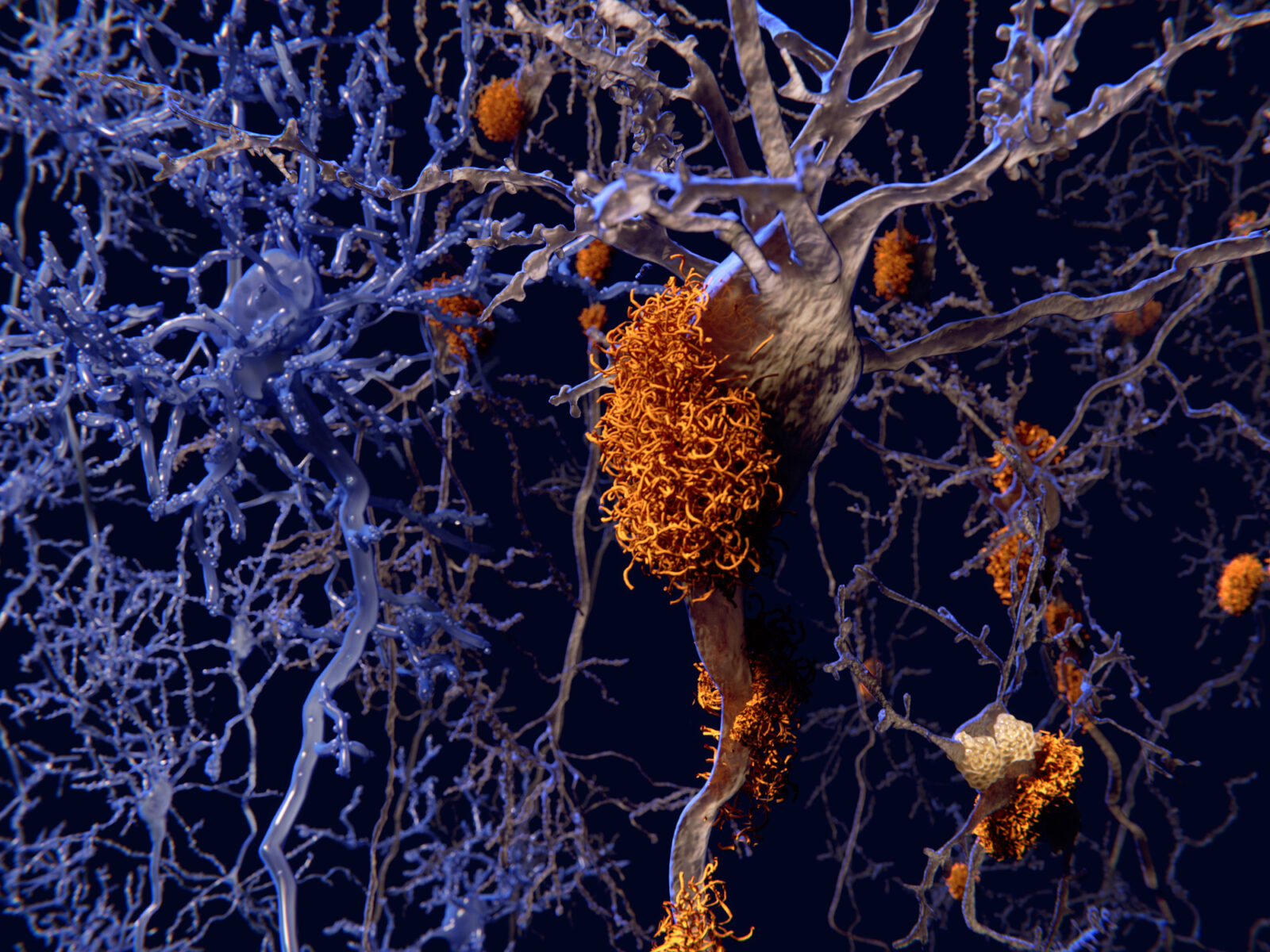Alzheimer’s Disease: The Latest Trends in Research and Treatment

Researchers around the world are working on thousands of studies to discover new treatments, prevention strategies, and ways to enhance the quality of life for people with Alzheimer’s disease (AD). Most recently, some of this work has paid off with the introduction of two prescription medications that may slow the progression of the disease. Several other medications are available to treat the symptoms.
But research is not focused solely on medications. Here’s a look at what else is new in Alzheimer’s research and treatment.
- Early detection and diagnosis
-
- Blood tests: One of the biggest breakthroughs has been in the realm of early detection. Scientists have developed blood tests that may predict the onset of AD years before symptoms even appear. These tests detect specific proteins that are markers of AD.
- Advanced imaging: Brain imaging technology is also advancing, offering doctors clearer insights into the brain’s structure and function. This could assist in diagnosing AD earlier and more accurately.
- New treatment approaches
-
- Targeting tau: Traditionally, much of AD research has focused on amyloid-beta, a protein that forms plaques in the brains of those with AD. However, another protein, called tau, has been increasingly recognized for its role in the disease. Several treatments targeting tau are currently in clinical trials.
- Lifestyle interventions: Research shows that certain lifestyle changes, like a heart-healthy diet, regular exercise, adequate sleep, and mental stimulation, can potentially delay or prevent the onset of AD.
- Gene therapies: With the identification of specific genes associated with AD, researchers are exploring gene therapies as a possible treatment. Although still in the experimental phase, this could revolutionize AD care.
- Non-drug therapies
-
- Deep brain stimulation: Already used for Parkinson’s disease, researchers are now studying deep brain stimulation for AD. It’s believed that this technique, which sends electrical impulses to certain brain regions, could enhance cognitive function.
- Light and sound therapy: Preliminary studies suggest that exposing AD patients to specific light and sound frequencies might reduce amyloid levels in the brain, slowing the disease’s progression.
- Personalized medicine
Because Alzheimer’s doesn’t affect everyone in the same way, there’s a growing trend toward personalized medicine. This involves tailoring treatment plans based on an individual’s genetic makeup, lifestyle, and other factors.
- Technology and digital tools
-
- AI and machine learning: These technologies are being used to analyze vast datasets, offering insights into AD’s progression and potential new treatment pathways.
- Digital biomarkers: With the proliferation of wearable tech, researchers are studying how data, like sleep patterns or activity levels, can serve as digital biomarkers to detect AD’s early signs.
- Supportive environments
While finding a cure is paramount, there’s also a renewed emphasis on enhancing the quality of life for those with AD. Creating dementia-friendly communities and homes that cater to the unique needs of AD patients can make a significant difference in their well-being.
“The first survivor is out there,” goes one of the Alzheimer’s Association’s taglines. Considering the amount of research that’s happening—thanks in no small part to public donations—we remain hopeful.
On Sunday, Oct. 15, we are once again participating in the annual Walk to End Alzheimer’s – Greater Boston. Please contribute what you can, and you’re also welcome to join our team!
(Photo: Neurons with amyloid plaques (right side) compared to healthy neurons (left). Amyloid plaques accumulate outside neurons. Amyloid plaques are characteristic features of Alzheimer’s disease. They lead to a degeneration of the affected neurons, that are destroyed through the activity of microglia cells.)
![LifeCare Advocates [logo]](https://www.lcadvocates.com/wp-content/uploads/sites/270/2017/11/logo.png)